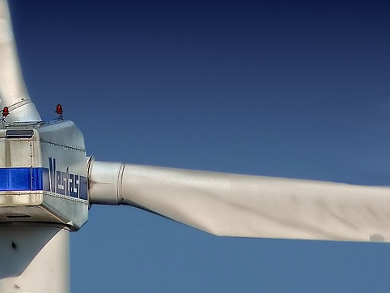The European Parliament voted on the post-2020 EU Renewable Energy Directive (RED II). They confirmed the provisional agreement reached with the Council in June on energy efficiency, renewables, and governance of the Energy Union. They are all important legislative files of the Clean Energy for All Europeans package.
By 2030, energy efficiency in the EU has to have improved by 32.5 %. The share of energy from renewables should be at least 32 % of the EU’s gross final consumption. Both targets are to be reviewed by 2023. They can be raised, but not lowered. By this, Europe will reduce its reliance on external suppliers of oil and gas, improve local air quality, protect the climate, and reduce the energy bills of its citizens.
Member states must ensure that citizens can generate renewable energy for their own consumption, to store it, and to sell excess production.
At least 14 % of fuel for transport purposes must come from renewable sources by 2030. First-generation biofuels, fuels made from sources like starch, sugar, animal fats, and vegetable oil, which have a high risk of “indirect land use change”, will no longer count towards the EU’s renewable energy goals. From 2019, the contribution of first-generation biofuels will gradually be phased out until it reaches zero in 2030.
Each member state must present a ten-year “integrated national energy and climate plan” with national targets, contributions, policies, and measures by 31 December 2019, and every ten years thereafter. Once the Council formally adopts the deal, the rules will be published in the Official Journal, and enter into force 20 days after publication.
- Energy: new ambitious targets on renewables and energy efficiency,
European Parliament 13 November 2018.



